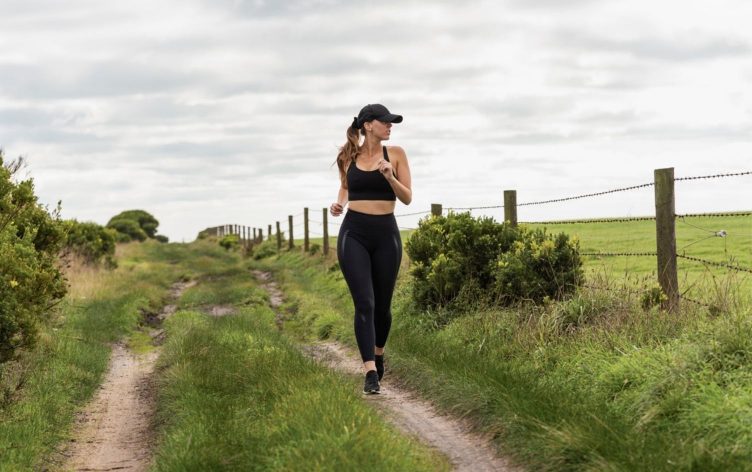
Your walking speed may be a predictor of your life expectancy, regardless of your weight, according to a recent observational study which asked participants to rate their own walking pace as either slow, steady/average or brisk.
The study, which analyzed data provided by nearly 475,000 individuals in the UK, found people of all body mass index levels (from below 20 to 40 and above) who self-identified as brisk walkers had longer life expectancy than people who self-identified as slow walkers, particularly if those slow walkers had low BMIs (20 or below).
THE SCIENCE
Among female brisk walkers, life expectancy was more than 86 years, and for male brisk walkers, life expectancy was more than 85 years, regardless of BMI for both genders. Among female slow walkers with the lowest BMI levels, life expectancy was 72 years, and life expectancy was 65 years for slow males with the lowest BMI levels — significantly shorter than for brisk walkers.
“Slow walking pace and low BMI are associated with frailty, while a brisk walking pace was associated with a more positive overall health status within the study,” explains study author Dr. Francesco Zaccardi, PhD, clinical research fellow at the Diabetes Research Centre at the University of Leicester in England.
However, the research doesn’t prove slow walking leads to a shorter life expectancy or brisk walking leads to a longer life expectancy, although it was observed among participants. “As in all observational studies, a definitive cause-effect relationship cannot be established,” says Zaccardi. “It is likely that walking pace is a very powerful marker of health; however, physical fitness, which was strongly associated with walking pace, is modifiable with exercise training.”
HOW TO BUILD UP WALKING SPEED
If you self-identify as a slow or average walker and you don’t have health limitations holding you back, try these four tips to increase your pace:
1
ESTABLISH A WALKING HABIT
If you’re not as fast as you’d like, moving regularly may help you build speed and endurance over time. Take the time to walk regularly, even if your pace is slower than your goal. “Walking slowly can mean [fewer] calories burned, lower cardiovascular exertion and less sweating, compared to faster walking,” says Armen Ghazarians, a California-based exercise physiologist. “However, one should not negate the benefits of walking slowly versus not walking at all.”
2
PAIR UP WITH A FAST FRIEND
Walking regularly with someone who has a quicker stride than you may help you pick up your pace. “We reach our goals faster when we surround ourselves with people who are where we want to be, when we have extra inspiration and motivation,” says Sarah Grimaud, a New York City-based certified personal trainer.
3
BUILD SPEED GRADUALLY
To adopt a faster walking pace, try adding some speed to your walks each time you go out. For example, walk quickly for 1 minute, then walk slowly for 3 minutes, repeating the pattern over the course of an hour. Or build to a faster pace by stringing together a series of quicker walks spread throughout your day.
“Go for five or six fast 10-minute walks throughout the day and gradually up the total duration while you decrease the total number of walks,” says Ghazarians. “After a month or so, complete three 20-minute fast walks throughout the day, instead of five or six fast 10-minute walks. After three or four months, complete two 30-minute fast walks, and eventually progress to hour-long fast walks.”
4
CHANGE YOUR ATTITUDE
You may be able to improve your walking pace if you begin to think differently about yourself and your walking ability. Find a walking mantra where you “identify as a fast walker or a person with the capability to walk fast,” says Grimaud. “Our thoughts are powerful and we may be holding ourselves back by simply labeling ourselves as slow, when we have the capability for so much more.”







